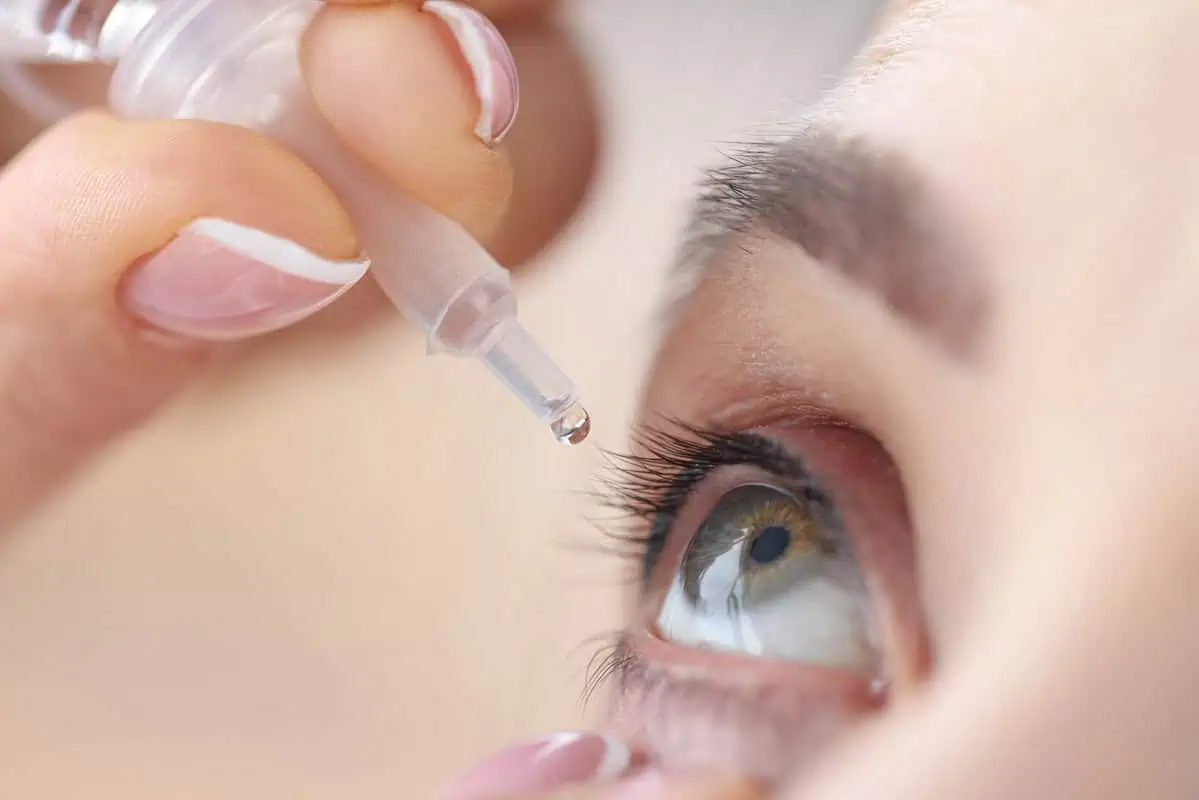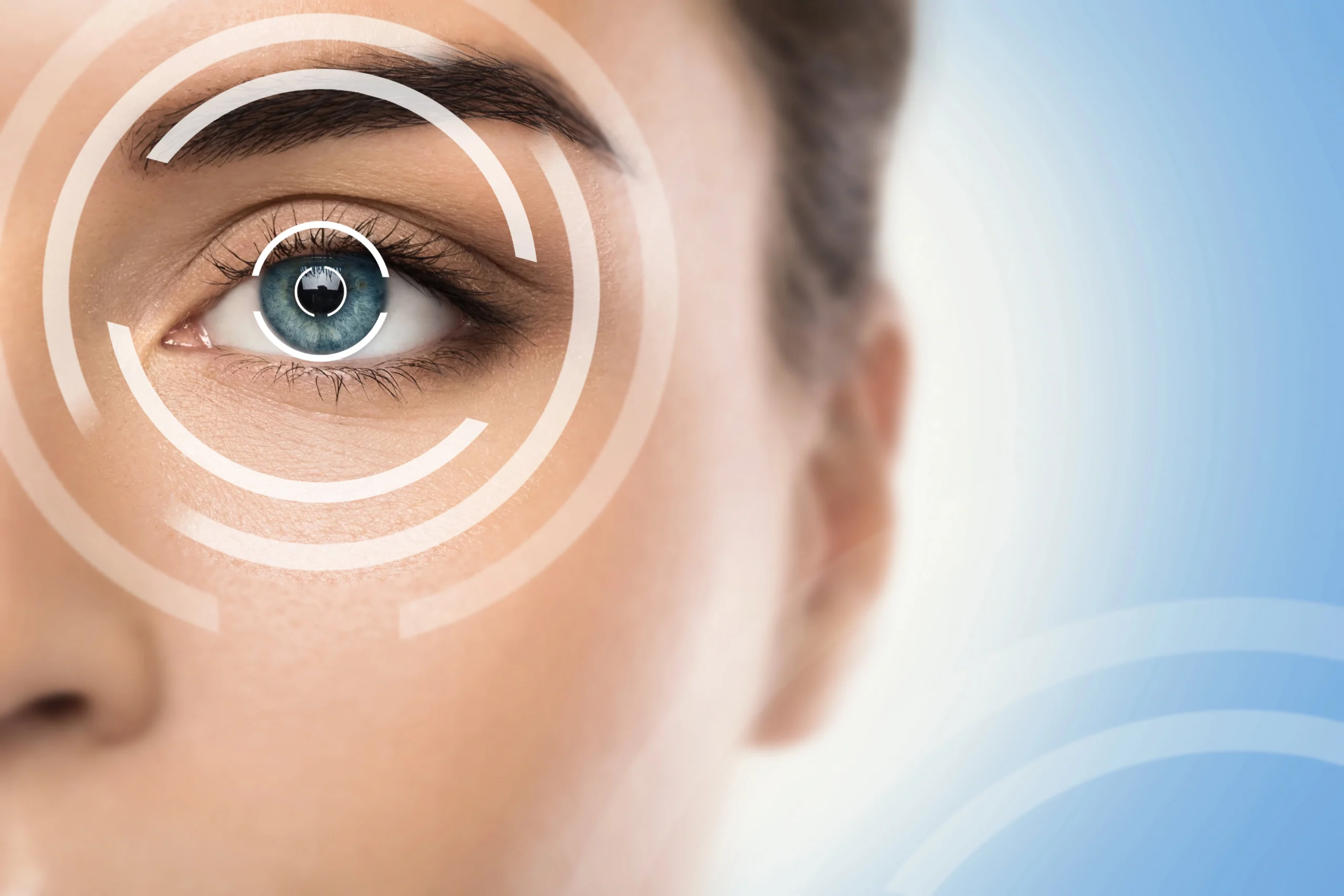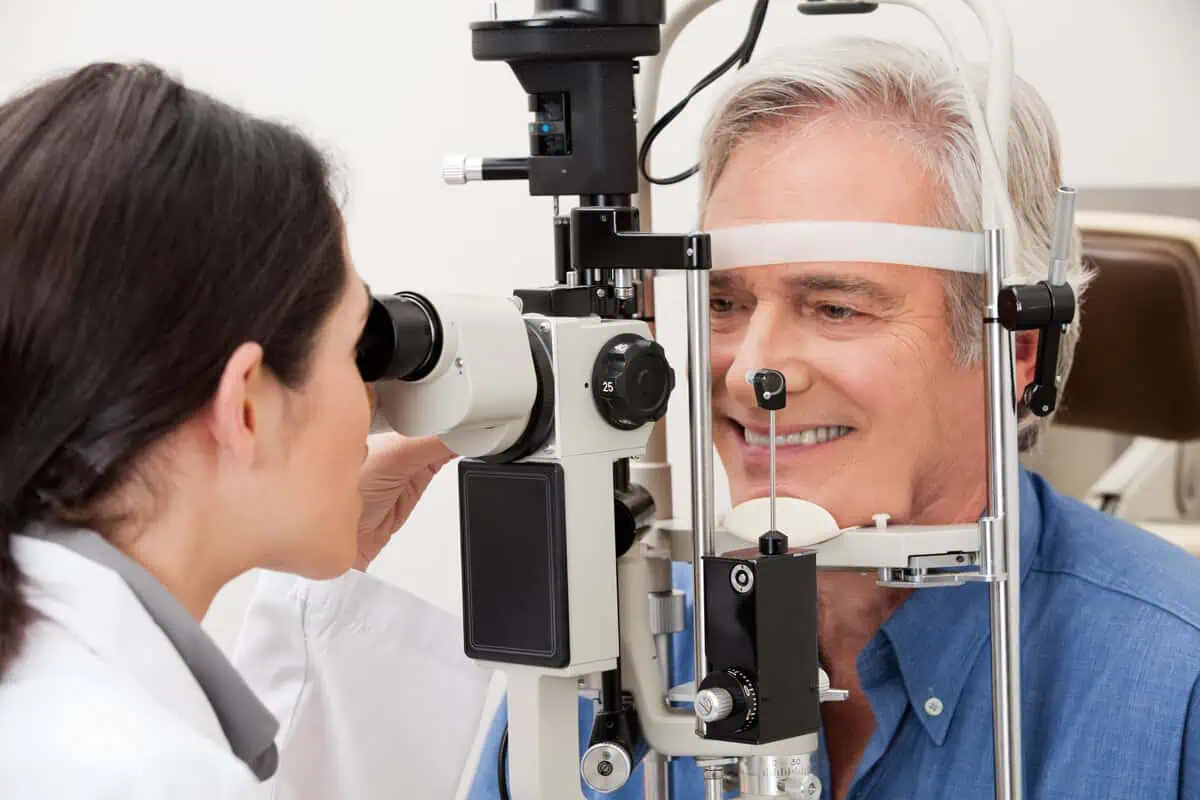Age-Related Macular Degeneration Awareness Month: Shedding Light on Sight
Every February, a spotlight shines on an often overlooked but significant health concern: Age-Related Macular Degeneration (AMD) Awareness Month. This observance serves as a reminder of the importance of eye health and the impact of AMD on millions of people worldwide.
Age-Related Macular Degeneration is a progressive eye condition that affects the macula, the central part of the retina responsible for sharp, central vision. As its name suggests, AMD primarily affects older adults and is one of the leading causes of vision loss in people aged 50 and older.
Understanding Age-Related Macular Degeneration
There are two main types of AMD: dry AMD and wet AMD.
Dry AMD is the more common form, accounting for around 90% of cases. It develops when the macula thins and breaks down over time, leading to gradual central vision loss. Symptoms of dry AMD may include blurred vision, difficulty recognizing faces, and the appearance of dark or blurry spots in the center of vision.
Wet AMD is less common but more severe. It occurs when abnormal blood vessels grow beneath the macula and leak blood and fluid, causing rapid and significant vision loss. Symptoms of wet AMD may include sudden distortion or loss of central vision, straight lines appearing wavy or crooked, and the perception of dark spots in the central field of vision.
Raising Awareness and Taking Action
AMD Awareness Month is an opportunity to educate the public about the risk factors, symptoms, and preventive measures associated with this condition. Some key points to highlight include:
Risk Factors:
Age:
AMD primarily affects older adults, with the risk increasing with age.
Genetics:
A family history of AMD can increase the likelihood of developing the condition.
Smoking: Tobacco use is a significant risk factor for AMD and can accelerate its progression.
Diet and Lifestyle: A diet high in saturated fats and low in antioxidants, as well as obesity and lack of exercise, may increase the risk of AMD.
Prevention:
While certain risk factors such as age and genetics are beyond our control, there are steps individuals can take to reduce their risk of developing AMD or slow its progression:
Maintain a Healthy Lifestyle: Eat a balanced diet rich in fruits, vegetables, and omega-3 fatty acids, maintain a healthy weight, exercise regularly, and avoid smoking.
Regular Eye Exams: Routine eye exams can detect AMD in its early stages, allowing for timely intervention and management.
Protective Eyewear: Wear sunglasses that block harmful UV rays and blue light to protect the eyes from sun damage.
Treatment and Management:
While there is currently no cure for AMD, various treatment options are available to help manage the condition and preserve vision, particularly in the case of wet AMD. These may include:
Anti-VEGF Injections: Medications injected into the eye can help reduce the growth of abnormal blood vessels in wet AMD.
Photodynamic Therapy: A combination of light-activated medication and laser treatment may be used to destroy abnormal blood vessels.
Lifestyle Modifications: Adopting a healthy lifestyle, including dietary changes and smoking cessation, can help slow the progression of AMD and preserve remaining vision.
Spreading Awareness and Hope
As we observe Age-Related Macular Degeneration Awareness Month, let us not only raise awareness about this sight-threatening condition but also offer support and encouragement to those affected by it. By promoting early detection, preventive measures, and access to treatment, we can empower individuals to take control of their eye health and preserve their vision for years to come. Together, let us shine a light on AMD and work towards a future where everyone can enjoy the gift of clear sight.






